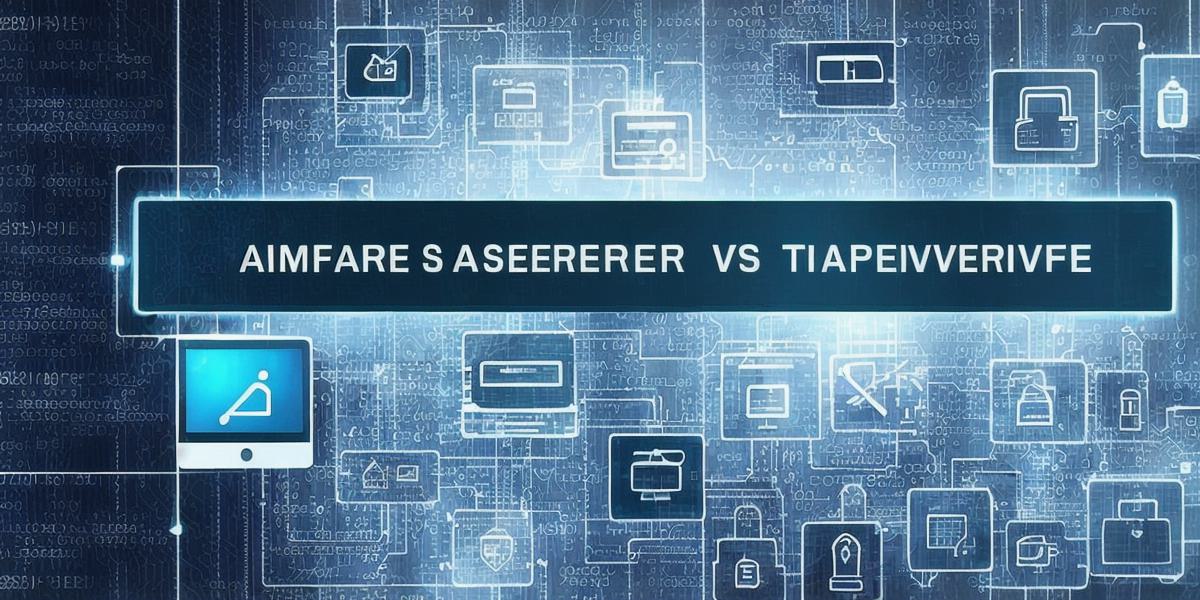Web3 Security Advantages vs. Web2: A Comprehensive Comparison

Web3 is a revolutionary concept that has been gaining popularity in recent years. It’s based on blockchain technology, which provides decentralized and secure networks for data storage and exchange. In this article, we will explore the security advantages of Web3 over Web2 and how it can help your organization or project to protect sensitive information.
Web3 Security Advantages vs. Web2
Web3 offers several security advantages that set it apart from its predecessor, Web2. Here are some of them:
Decentralization
One of the main advantages of Web3 is decentralization. Unlike Web2, which is centralized and relies on a single point of failure, Web3 is distributed and uses multiple nodes to validate transactions. This means that if one node goes down, the network can continue to function without interruption. Decentralization also makes it much harder for hackers to compromise the system, as they would need to attack multiple nodes to gain access.
Immutability
Immutability is another key advantage of Web3. Once data is stored on a blockchain, it cannot be altered or deleted without leaving an immutable record of the change. This makes it much harder for hackers to manipulate or steal information, as they would need to gain access to multiple nodes and change the consensus of the network to achieve their goal.
Transparency
Web3 also provides greater transparency than Web2. All transactions on a blockchain are publicly visible and can be audited by anyone with an internet connection. This means that there is no chance of fraud or corruption, as all actions are recorded in an open ledger that can be accessed by anyone.
Smart Contracts
Smart contracts are another key feature of Web3. They are self-executing programs that automate the enforcement of agreements between parties. This means that transactions can be processed more quickly and securely, as there is no need for intermediaries or manual intervention. Smart contracts also provide greater flexibility and customization, allowing organizations to create unique solutions tailored to their specific needs.
Case Studies and Personal Experiences
There are many real-life examples of how Web3 has been used to improve security in various industries. Here are a few:

Supply Chain Management
Supply chain management is an area where Web3 has shown great potential. Blockchain technology can be used to create a transparent and secure record of the entire supply chain, from raw materials to finished products. This helps to prevent fraud, reduce waste, and improve efficiency. For example, Walmart has partnered with IBM to create a blockchain-based system for tracking food products, which has helped to improve traceability and reduce foodborne illnesses.
Healthcare
The healthcare industry is another area where Web3 has shown great promise. Blockchain technology can be used to securely store and share patient data, while also providing greater transparency and control over who has access to it. For example, MediLedger, a blockchain-based system developed by the American Medical Informatics Association, allows healthcare providers to securely exchange prescription drug information, reducing the risk of opioid abuse and improving patient safety.
Identity Management
Identity management is another area where Web3 has shown great potential. Blockchain technology can be used to create a decentralized and secure system for managing digital identities, while also providing greater control and privacy for individuals. For example, the Sovrin Foundation has developed an open-source blockchain-based identity platform that allows individuals to control their own digital identities and share them with trusted parties on a need-to-know basis.








